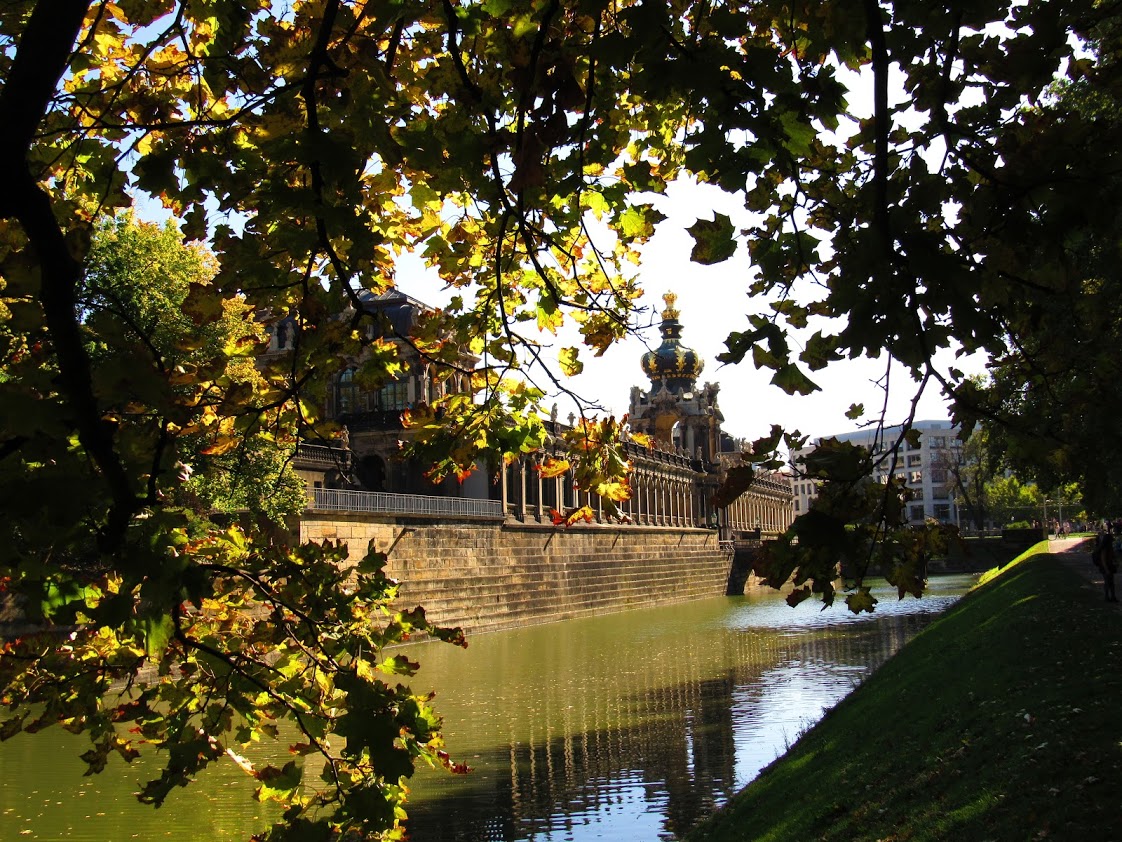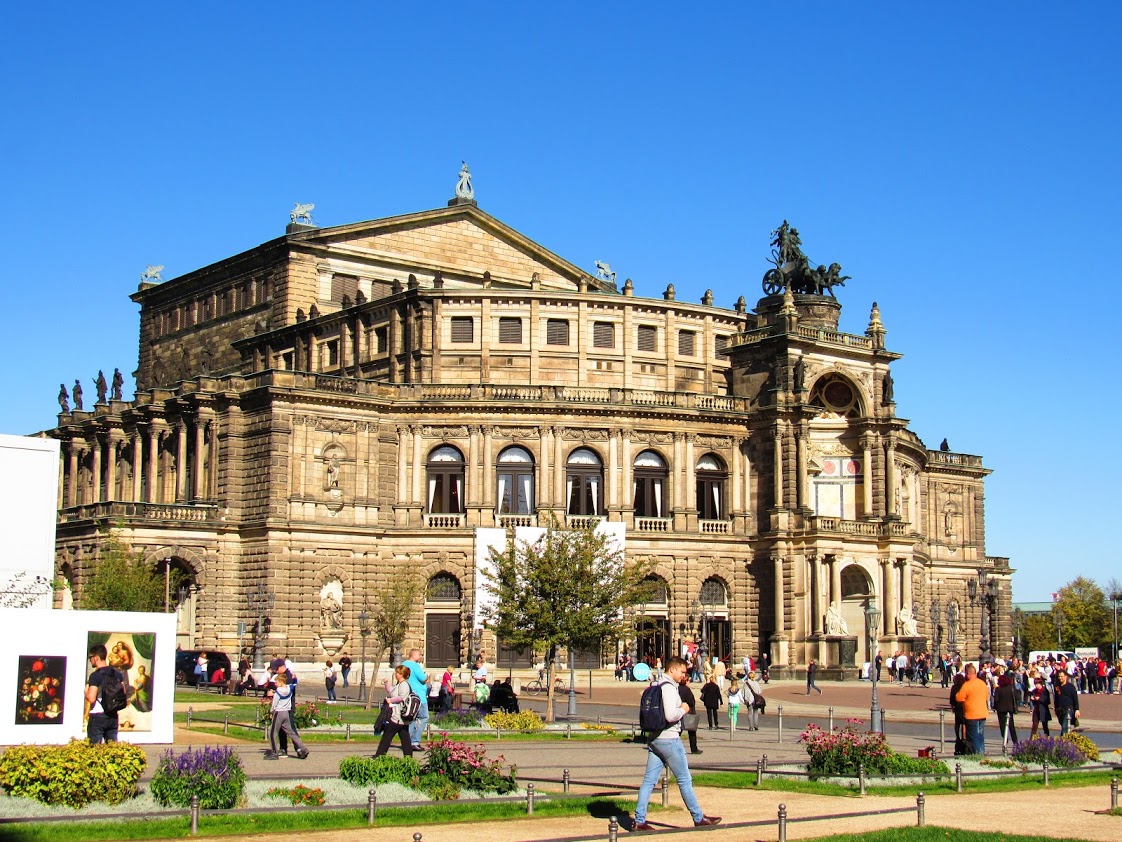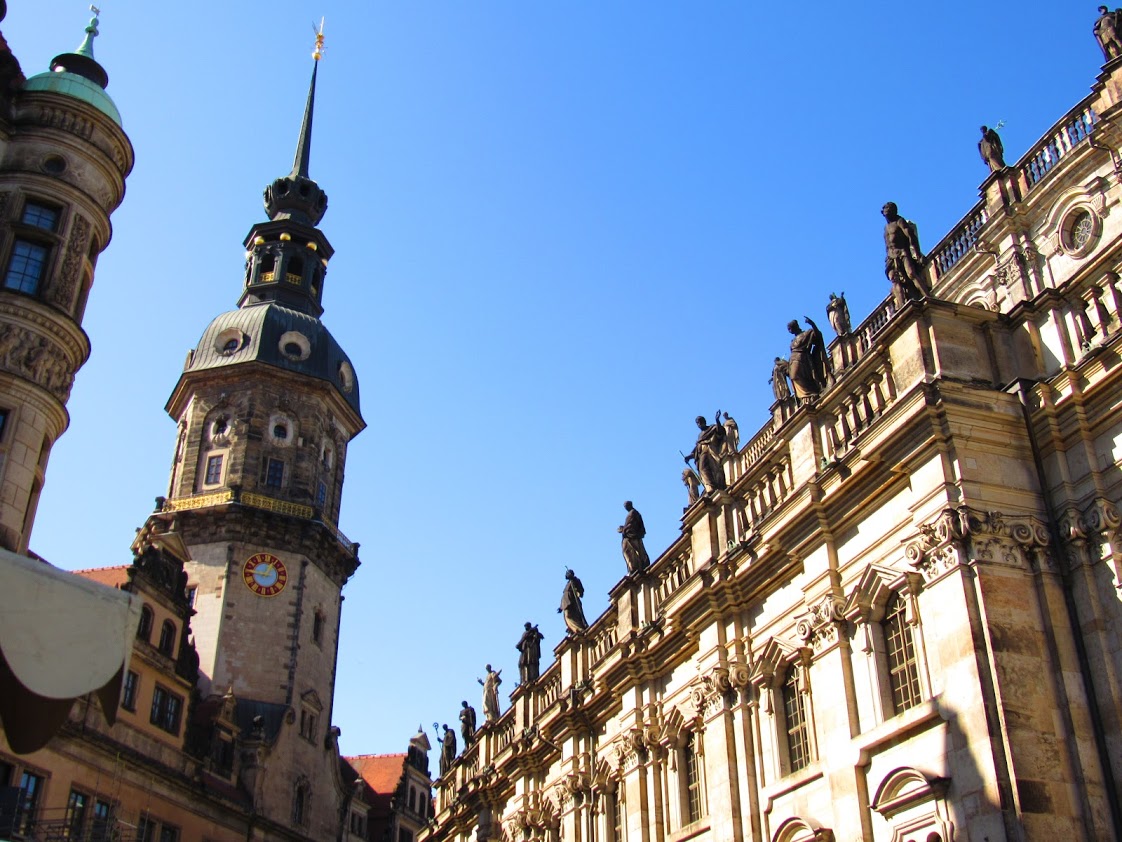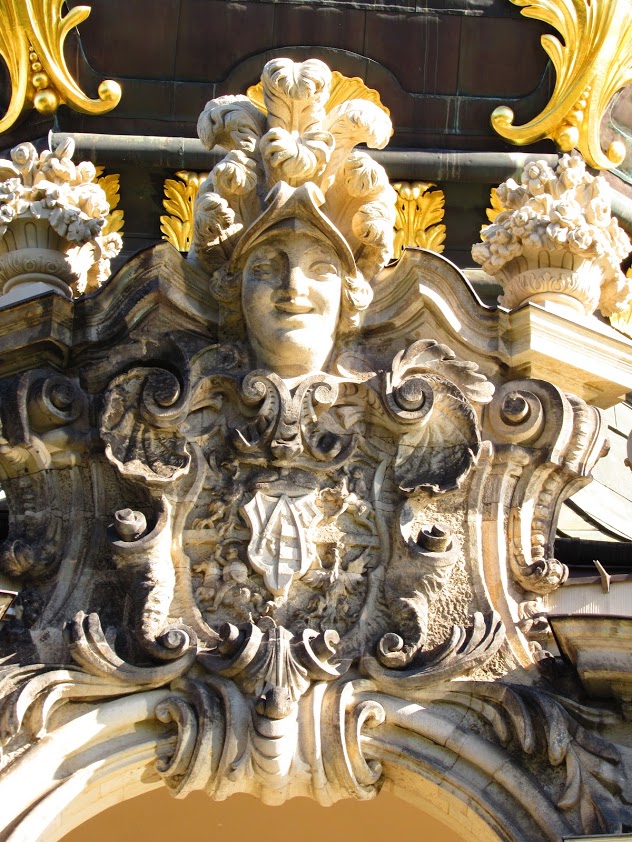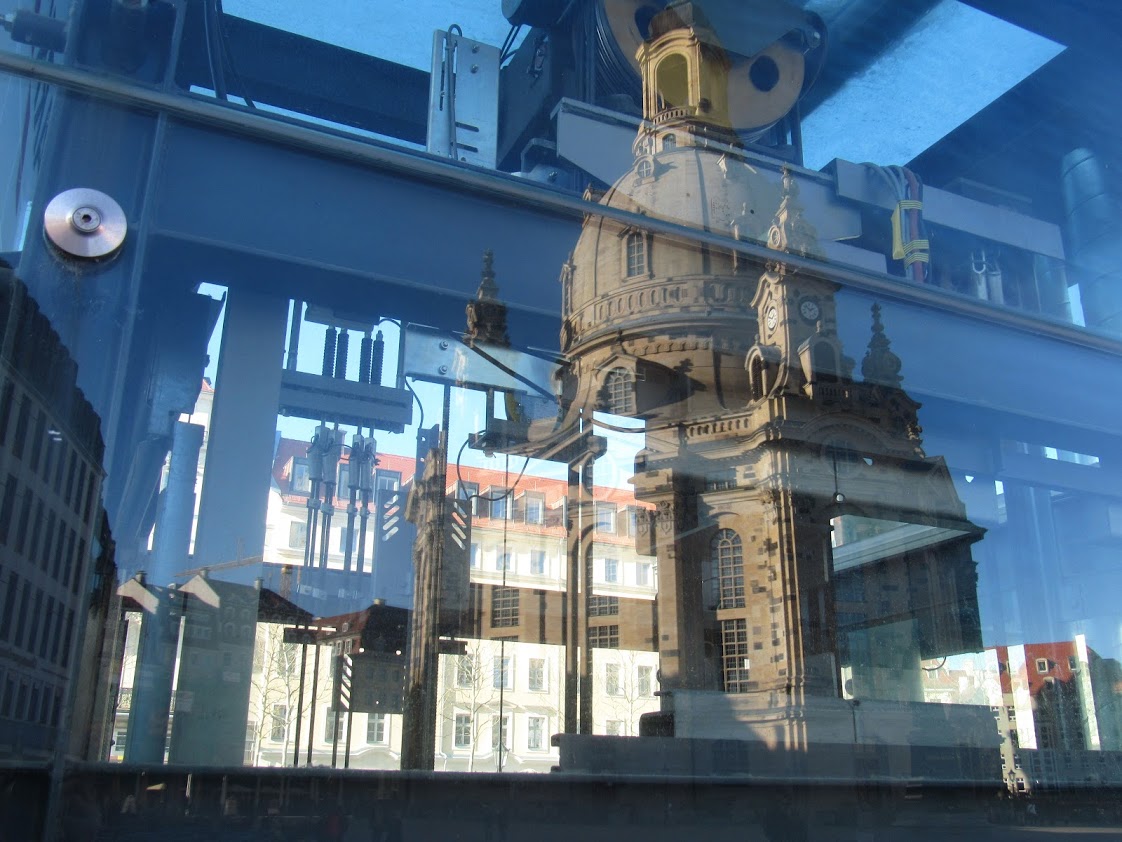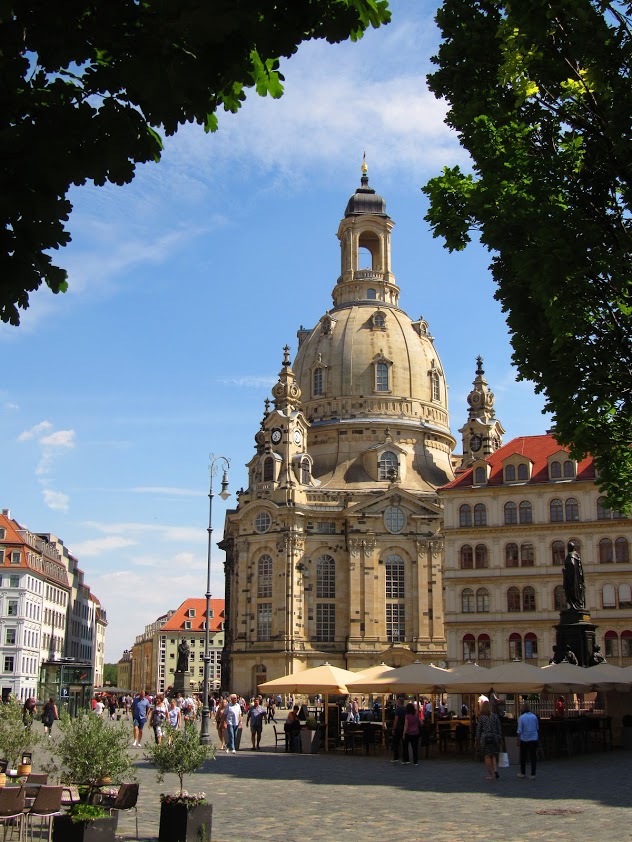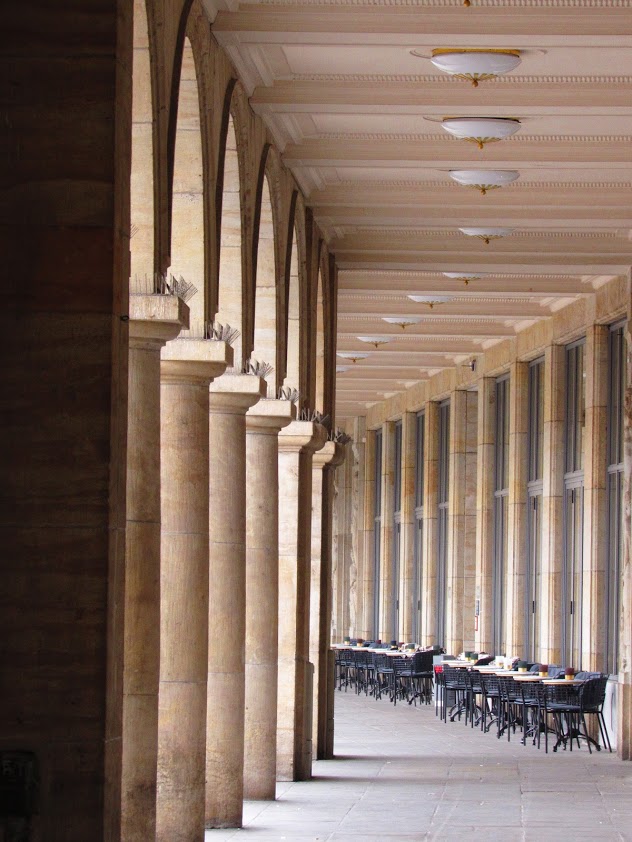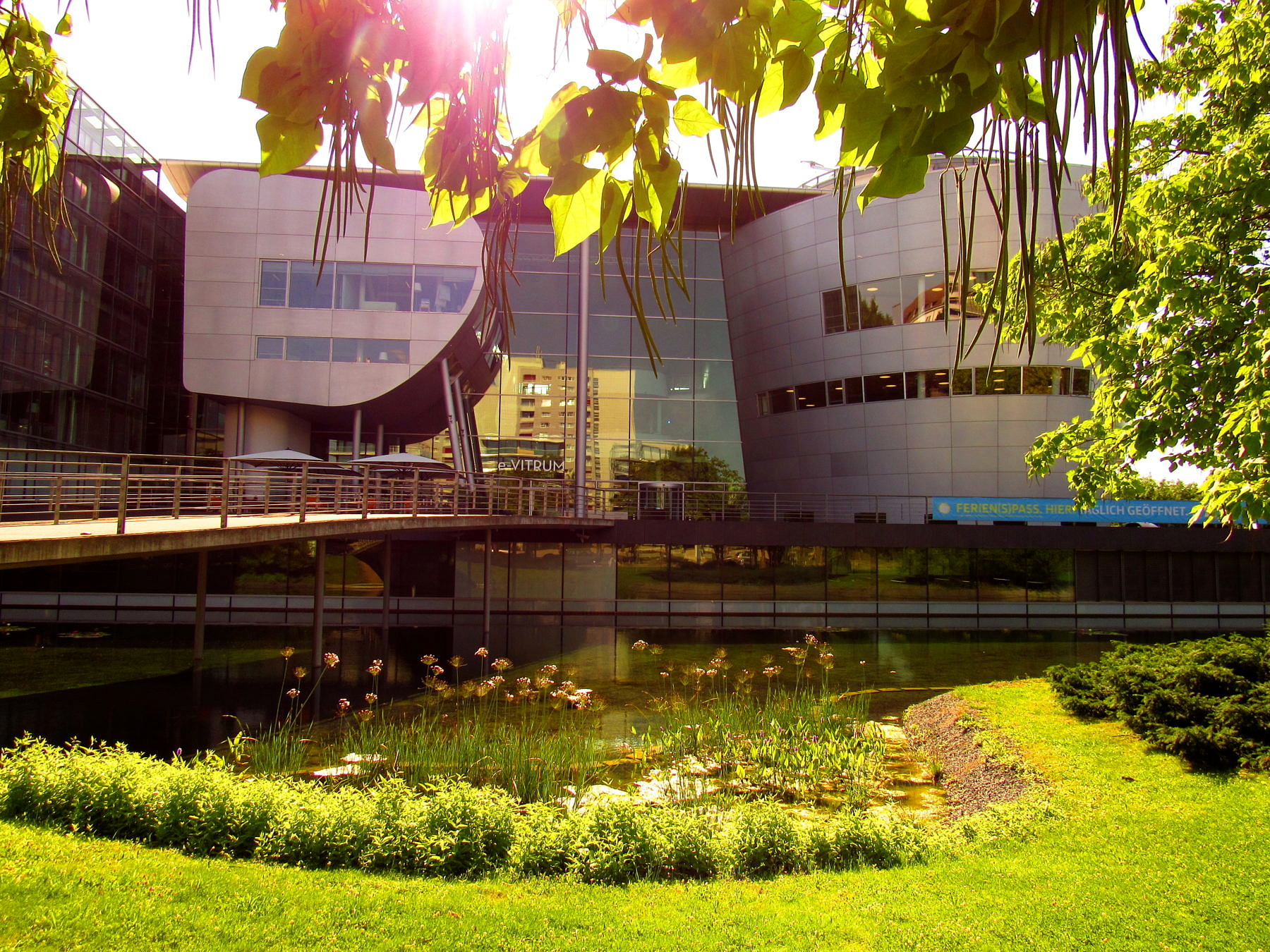The city of Dresden abounds in a great variety of attractions that include notable art, architectural sights and its’ charming landscapes. There are magnificent promenades along the banks of the Elbe river, interesting museums and institutions, industrial monuments and so many charming details. Visiting the City is always a great cultural and historical experience, and the city center offers a great shopping experience to suit everyone
Dresden is the capital city of the German state of Saxony, and with around 550,000 inhabitants, it is the state’s second most populous city after Leipzig. It is the 12th most populous city of Germany, the fourth largest by area after Berlin, Hamburg and Cologne, as well as the third most populous city in the area of former East Germany, after (East) Berlin and Leipzig. Dresden is contiguous with Freital, Pirna, Radebeul, Meissen and Coswig, and its urban area has around 780,000 inhabitants, making it the largest in Saxony.
Dresden has a long history as the capital and royal residence for the Electors and Kings of Saxony, who for centuries furnished the city with cultural and artistic splendor, and was once by personal union the family seat of Polish monarchs. The city was known as the Jewel Box, because of its baroque and rococo city centre. The controversial American and British bombing of Dresden in World War II towards the end of the war killed approximately 25,000 people, many of whom were civilians, and destroyed the entire city centre. After the war restoration work has helped to reconstruct parts of the historic inner city, including the Katholische Hofkirche, the Zwinger and the famous Semper Oper.
Since German reunification in 1990 Dresden is again a cultural, educational and political centre of Germany and Europe.


